454 Bio has developed chemistry, hardware, and analysis software to make sequencing more accessible than ever before. We are releasing it to the world so that anyone can get started.
Help us help you: win $200,000 by developing a DNA polymerase optimized to use Lightning Terminators™ preferentially to their hydroxymethyl cleavage products.
CompeteLightning Terminator™-based sequencing by synthesis
Our patented Lightning Terminators™ (LTs) are incorporated into growing DNA strands to enable DNA sequencing through the detection of fluorophores.
Read more
Lightning Terminators™ (LTs) are a class of 3’-OH unblocked reversible terminator nucleotides. The terminating moiety, (S)-α-tert-butyl-5-OMe-2-nitrobenzyl, is attached to a hydroxymethylated nucleobase. A fluorescent dye is linked to the photocleavable terminating moiety to enable detection.

LTs have fast incorporation kinetics, single-base termination, high fidelity, and rapid photocleavage making them perfect for next generation sequencing by synthesis, enzymatic DNA synthesis, and other related applications.
The terminatoing moity (S)-α-tert-butyl-5-OMe-2-nitrobenzyl can be photochemically removed remarkably fast. Upon exposure to UVA 365 nm, LTs will be converted to naturally existing hypermodified nucleosides. The cleaved terminating moity along with the linked fluorescent molecule will diffuse away from the growing DNA strand upon cleavage, allowing for the next incorporation in sequencing by synthesis.

The plots below shows incorporated LT signal decreasing as UV exposure time is increased using 454 Bio’s LED-TIRF Transformer sequencing instrument. As the UV LED is pulsed, the cleavable linker is cleaved and the fluorescent dye diffuses away. The half times of the four LTs are all less than 0.2 seconds. This rapid photocleavage lays the foundation for One Pot Sequencing.

LED-TIRF excitation and photocleavage
Fluorophores on Lightning Terminators™ are excited with visible light, and the linking groups are photocleavable with UV light. This enables our simple LED-TIRF imaging system to capture sequencing data in real time while driving progression of the sequencing run by cleaving the terminating fluorescent groups from the base and allowing the next LT to be incorporated.
Read more
In optics and microscopy, TIRF (Total Internal Reflection Fluorescence) illumination is a technique used to selectively excite fluorophores near a surface. This technique takes advantage of the phenomenon of total internal reflection, where light is completely reflected at the interface between two media with different refractive indices.
In typical TIRF microscopy, a laser beam is directed through a high refractive index glass or prism at an angle greater than the critical angle for total internal reflection. This results in an evanescent wave that penetrates a short distance into the sample, typically within 100-200 nanometers of the surface. This limited penetration depth allows for selective excitation of fluorophores near the interface, providing high-contrast imaging of structures close to the specimen’s surface.
In our LED-TIRF system, LEDs are directed at the edge of the sequencing substrate. An evanescent wave is produced, exciting the molecules closest to the sequencing substrate surface. The signal measured from the sequencing reservoir is dominated by incorporated LTs densely packed in sequencing clusters, rather than the LTs in solution.

One pot sequencing
Our platform does not require fluidics or cycling of any kind — 454 sequencing is done at a single temperature with all components present in One Pot. This is enabled by our simple LED-TIRF imaging system and photocleavable Lightning Terminators™.
Read more
One Pot sequencing is distinct from traditional Sequencing By Synthesis technologies, which typically require bulky fluidics systems and various solutions. Our sequencing chemistry does not require fluidics. We only use one solution which is dispensed directly into the sequencing reservoir— we call it one pot sequencing!
The solution contains sequencing primer, DNA polymerase, Lightning Terminator™, DISCS, and all other essential components for incorporation, LED-TIRF imaging, and LED-TIRF UV cleavage. This single solution is introduced into the reservoir, and with one click of a button the One Pot sequencing run takes off.
One pot sequencing chemistry is designed for simplicity and affordability, and enabled by the photocleavable Lightning Terminators™ and LED-TIRF system. One Pot sequencing significantly cuts reagent usage and makes NGS attainable for everyone.

Potential applications
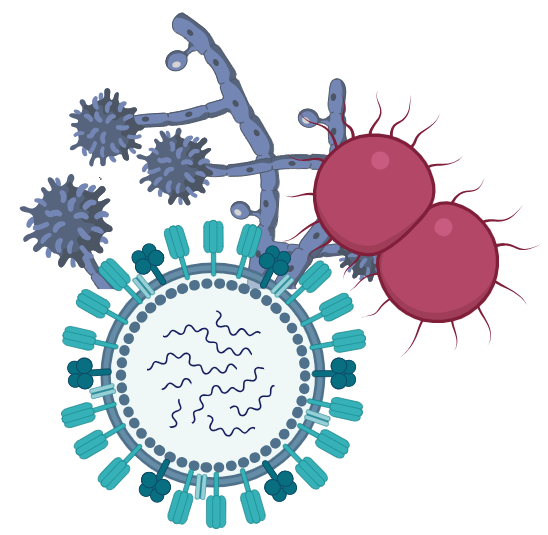
Infectious Disease Diagnosis
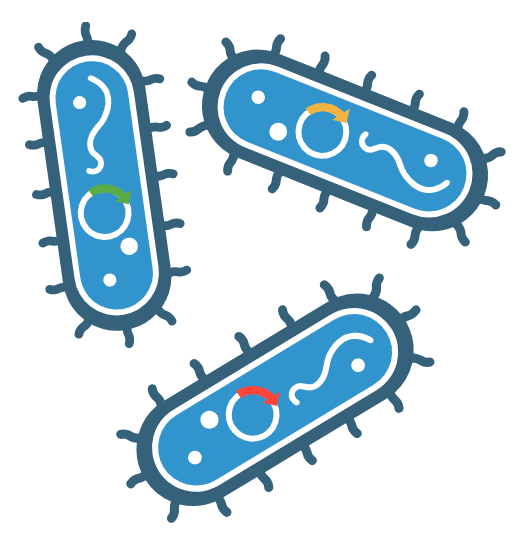
Antimicrobial Resistance Monitoring
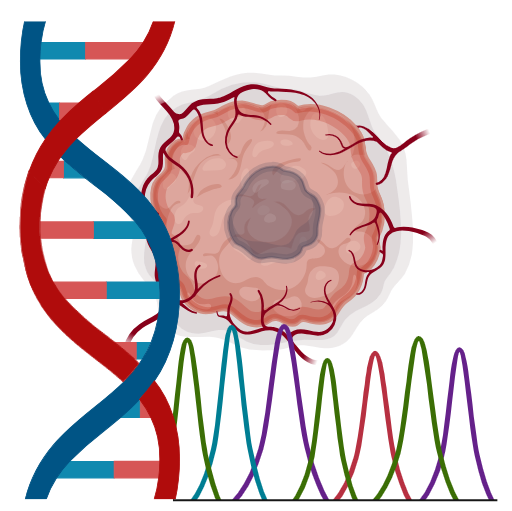
Cancer Detection and Monitoring
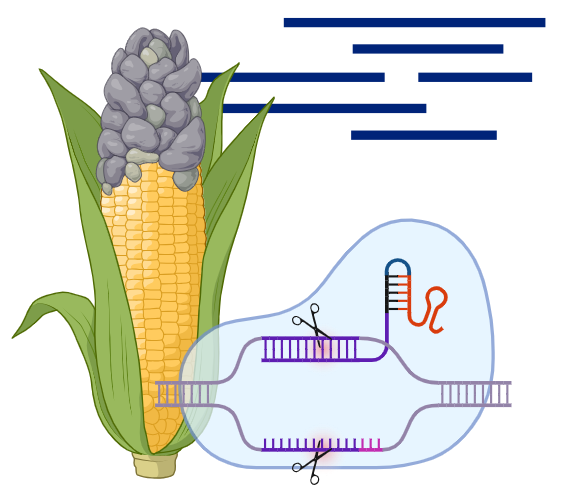
Agricultural Applications
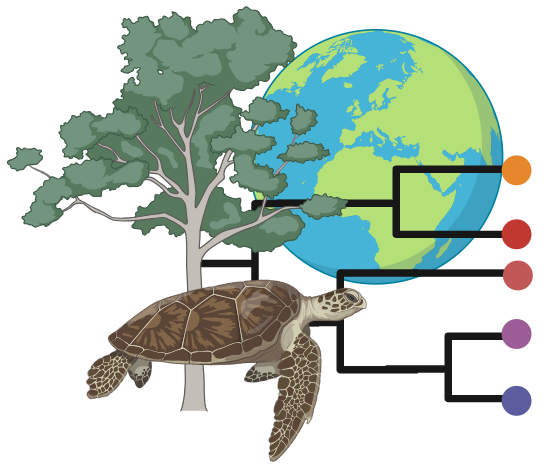
Biodiversity and Conservation Studies
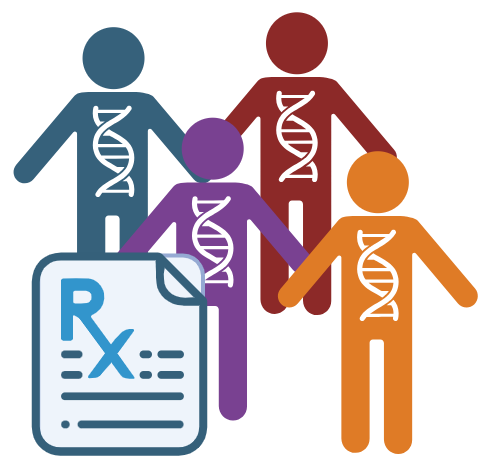
Personalized Medicine
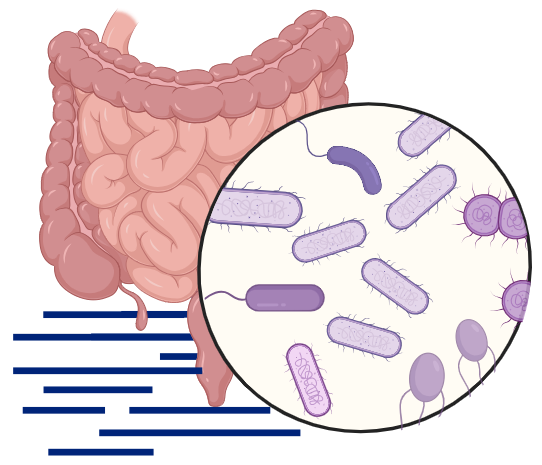
Microbiome Analysis
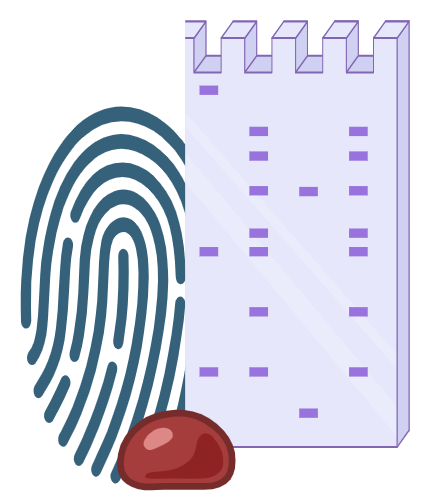
Forensic Analysis
Get started
Build your sequencer
Download hardware CAD models, PCB layouts, the complete bill of materials, and instrument and analysis software.
Start sequencing
Construct your DNA library, generate sequencing clusters, and begin using your sequencer.